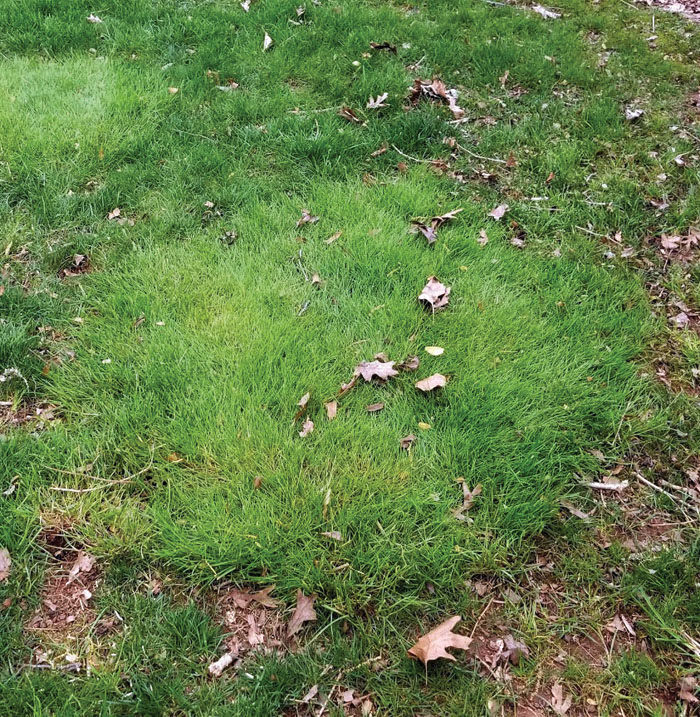Darrell Blackwelder: Rough stalk bluegrass in fescue lawns
Published 12:00 am Saturday, March 23, 2024

- Rough stalk bluegrass
Warm spring weather and plentiful rainfall have given new life to ailing fescue lawns. However large splotches of light-colored grass in newly seeded areas of the lawn. These areas are infested with a fairly new invasive, rough-stalk bluegrass (Poa trivialis). Now along with annual bluegrass fescue lawns are infested with another type of bluegrass. Unfortunately, this grassy weed is a rapidly growing perennial. Rough stalk bluegrass is a common seed contaminant in tall fescue seed. The weed seed itself appears to be identical to fescue seed cultivars and it’s impossible to screen out the weed seed during the harvesting process.
The grass is very fast growing, light green, growing much taller than fescue. However, it will soon disappear as the summer heat arrives. Unfortunately, the grass returns in the fall with cooler temperatures. There really is not a selective means of control in fescue lawns. The best method of control is to eliminate the weed now as its growing and replant fescue in the fall.
Annual bluegrass or (Poa annua) continues to be a regular spring fescue lawn problem. The winter annual dies in early summer as the temperatures rise steadily above 75 degrees. It becomes a problem in fescue lawns because of mowing too closely; shallow, frequent irrigation; poor soil drainage; improperly timed fertilization, soil compaction from pathways or heavy equipment; and too much shade. Most want to know what can be done to eliminate the weed from their fescue lawns. Unfortunately, there is no easy control either of these weeds. Go to https://www.turffiles.ncsu.edu/grasses/rough-bluegrass/ for more information on rough-stalk bluegrass.
Darrell Blackwelder is the retired horticulture agent and director with the North Carolina Cooperative Extension Service in Rowan County. Contact him at deblackw@ncsu.edu.


